The History Of Jūjutsu "The Art of Flexibility"
Jujitsu (柔 術, jūjutsu) is a Japanese martial art whose name derives from jū (or "jiu" according to an ancient translitteration) ("flexible", "yielding", "soft") and jutsu ("art" "Technique", "practice"). Sometimes also called taijutsu (body art) or yawara (Kun'yomi of jū). The jūjutsu was practiced by the bushi (warriors) who needed to reach the physical annihilation of their opponents, causing also death, with bare hands or weapons.
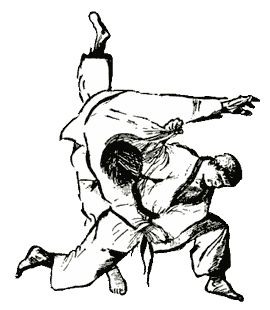
Jūjutsu is a personal defense art that bases its principles on the roots of the original Japanese name: Hey yo shin kore do, or "The soft wins the hard." In many martial arts, in addition to the balance of the body, the strength you have is also very important. In Jujitsu, on the other hand, the strength you need comes from your opponent. The more you strive to strike hard, the greater the force you will turn to. The principle, therefore, is to apply a certain technique right at the last moment of the attack immediately, with softness and malleability, so that the opponent does not notice a defense and finds in front of him the void.
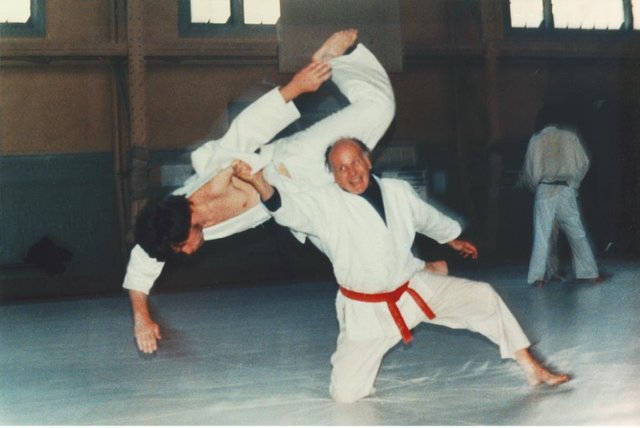
Jujitsu is an ancient form of fighting of Japanese origins, which has only been known since the sixteenth century when the Takenouchi school produces a codification of its combat methods. But the origins of the jujutsu are far older and the definition, throughout the feudal period up to the imperial edict of 1876 that forbade the port of weapons, thus decreasing the loss of the samurai, attributed to the fights with bare hands or with weapons (traditional weapons, ie sword, spear, stick, etc.) Against an armed opponent or less, they practice in a multitude of school Ryu-born, each with their own specialty. Stick, Sai and Nunchaku become weapons, they originate from simple work tools. The stick was used to load the buckets, the Sai served for the grate, while the Nunchaku was a simple tool used to beat the rice. The weapons were inaccessible to civilians, and the latter adapted the few tools they had available, using them to defend themselves.
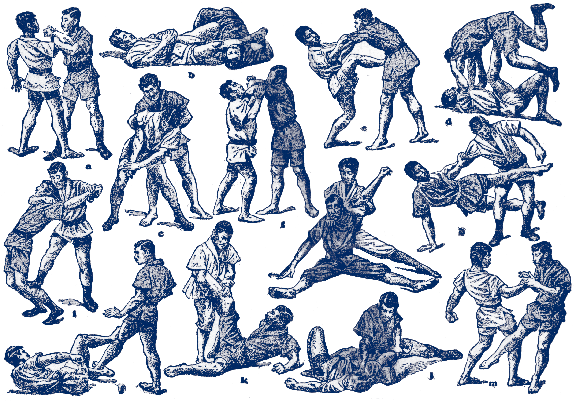
There were several schools, schools devoted to the use of katana, the traditional Japanese sword, those most oriented to body-to-body combat, to swimming schools with armor, archery and horse riding. The latter constituted the basis of the samurai training, expressed by the motto Kyuba No Michi, the street (michi) of the bow (kyu) and the horse (ba), which will later be named bushido. One characteristic that shared all these schools was the absolute secrecy of their methods and the constant mutual rivalry, since each one professed their superiority over others.
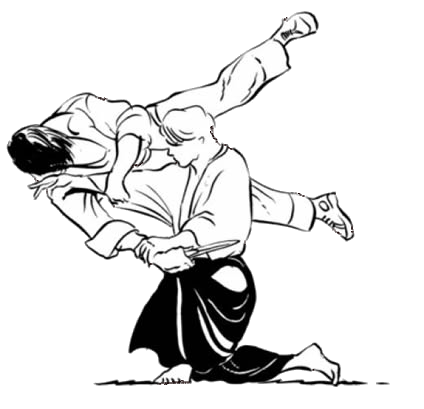
With the establishment of the Tokugawa shogunate (1603-1867), Japan experienced a period of relative peace: this was the time of the greatest development of the jūjutsu, since, without the need to fight and thus to maintain secrecy, it was possible for the Various Ryū organize and classify their own methods. Even ordinary people begin to become interested in and practice jūjutsu as the practice brought about an inner enrichment of the individual, given the relationship with meditation rites of zen Buddhism. But war culture was so rooted in the life of the Japanese to push the samurai to fight even when there was no real need. This sometimes led to the organization of real challenges called Dōjō Arashi (storm on dōjō), where the best warriors were often confronted with a cruel blow.
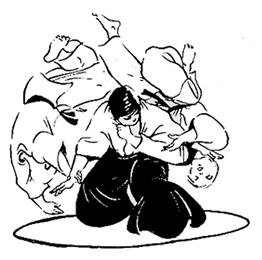
The fall of the last Shōgun and the consequent restoration of imperial power caused great upheavals in the life of the people: the Japanese, who until then had lived in isolation from the rest of the world, now turned greedily toward the Western culture that stood them "invading". This caused a rejection by the people for all that belonged to the past, including the jūjutsu. The spread of firearms did the rest: the decline of jūjutsu was in effect.
During the historical period called Meiji Restoration, the new jujutsu created by Jigoro Kano was named in Japan as Jūdō kodokan, which was proposed as an educational method, taught in schools as a physical education and included in the Japanese police training programs. It must be remembered that during the Meiji era, Japan formed state armed forces at the service of the Emperor based on the Western model, but with indigenous characteristics. However, after the Second World War, because of the total ban on traditional martial arts enshrined by General MacArthur before, and then by the sporting evolution suffered by Jūdō when it could be practiced again (since 1950), Jujutsu was reaffirmed as a self defense technique, next to the Aikido of Morihei Ueshiba.

The jūjutsu spread throughout the world, thanks to how many people, traveling to Japan (mainly merchants and military) from the Meiji era, learned to re-import it to their country of origin.
Very nice post, you win a free @randowhale upvote from me ;) I like your post :) Happy Steeming my friend!
Wow! ...
I would really want to learn one of those
nice post
Congratulations! This post has been upvoted from the communal account, @minnowsupport, by tosco from the Minnow Support Project. It's a witness project run by aggroed, ausbitbank, teamsteem, theprophet0, someguy123, neoxian, followbtcnews/crimsonclad, and netuoso. The goal is to help Steemit grow by supporting Minnows and creating a social network. Please find us in the Peace, Abundance, and Liberty Network (PALnet) Discord Channel. It's a completely public and open space to all members of the Steemit community who voluntarily choose to be there.
This post has received a 1.04 % upvote from @drotto thanks to: @banjo.
Hi, as a sign of my support for the tag #sports and #football, I vote for you and begin to follow you